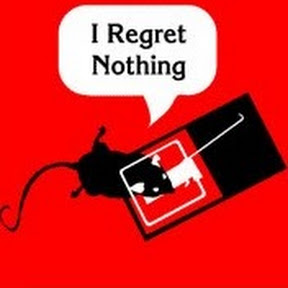
I wonder if at least one non empty line from the original code is still present in today’s desktop version

In Firefox there is a Stack implementation that hasn’t been touched since the very beginning of the project. I bet there’s something like this in Word

Definitely there’s something like
/* TODO fix this: I don't know why changing this line crashes the program */
Something for sure

Boy… I wonder how old this author is.
They wrote 7MB is impressively small, but they also wrote that it was in 1984. And I guess 7MB in 1984 is likely big… I’ve heard of computers in the 80s with kilobytes of RAM.
Especially if it’s 7MB source code after compressing it into zip.

IBM released a 10MB HDD for the PC in 1983.
The most common storage format in 1984 was the 5¼ inch floppy disk which had a capacity of 360KB, though they had introduced a 1.2MB one in 1984.
7MB was huge in 1984

My first boss told me about his first computer. The entry level model was 4KB of RAM. The upgraded model had 8KB. The salesman looked my boss dead in the eye and said “you’re never going to need 8KB!”

I dont think I owned a computer with more than 2MB RAM until the mid 90s.
in 1983 16kb would have been pretty normal. The Apple Lisa was released in 1983 with 1MB RAM and cost $10k.
Makes one wonder how big the resulting binaries are after compilation.

My nostalgia is telling me WordPerfect 6 for DOS was peak word processing. Also apparently I’m nostalgic about a word processor, surprisingly.

WP 5.1, here. Borrowed the installation disks from work and photocopied the keyboard overlay.
🤖 I’m a bot that provides automatic summaries for articles:
Click here to see the summary
Celebrations aside, it’s worth pointing out the productivity juggernaut of 2023 was not always the bloated behemoth that is found on so many workstations.
Coded by a team that included such luminaries-to-be as Charles Simonyi – who had previously worked at Xerox PARC and would later go on to success in Microsoft’s application division – it is fair to say that Word was not quite an overnight success.
WordPerfect also presented a threat, having debuted on DOS the previous year.
The first version of Word was not exactly a WYSIWYG application, but Microsoft soldiered on and added features incrementally over the years until the final iteration – Word 6.0 for DOS in 1993.
Just as Word once challenged the dominance of its rivals, it has seen its market share eroded in recent years by competitors like Google Docs.
The source code for Word 1.1a, first released in 1984, can be found at the Computer History Museum.
Saved 62% of original text.

What an incredibly annoying piece of software. I avoid it wherever I can but it’s unfortunately standard where I work.


